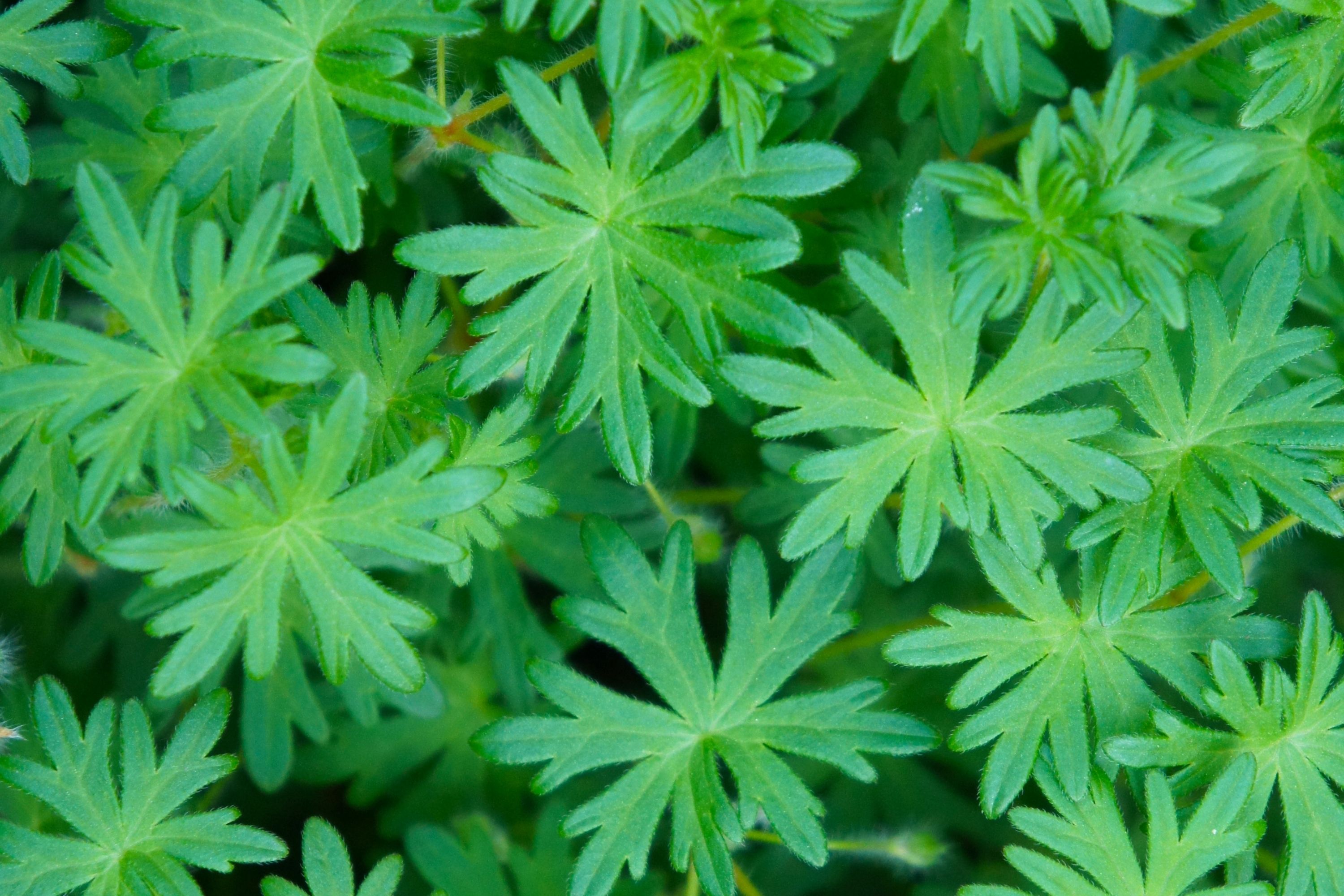Broad-petaled Geranium
(Geranium platypetalum)

Description
Geranium platypetalum, commonly known as the Broad-petaled Geranium or Broad-petal Geranium, is a captivating flowering plant that belongs to the Geraniaceae family. This species is native to the mountainous regions of the Western Cape province in South Africa. Renowned for its stunning flowers, unique foliage, and adaptability to various conditions, Geranium platypetalum has become a beloved choice for both garden enthusiasts and plant collectors alike. Taxonomy and Nomenclature The scientific name Geranium platypetalum is derived from the Greek words "geranos," meaning crane, and "platys," meaning broad, referring to the broad petals of the flowers. The specific epithet "platypetalum" further highlights this characteristic feature of the species. This plant was first described by the botanist N.E. Brown in 1901. Description Geranium platypetalum is a herbaceous perennial plant that typically grows up to 30 centimeters in height. Its compact, spreading habit makes it an excellent choice for ground cover or rock gardens. The plant forms a clump of deeply lobed, green leaves that are slightly hairy. The foliage is not only attractive but also aromatic, emitting a pleasant scent when brushed against or crushed. Flowers One of the most striking features of Geranium platypetalum is its remarkable flowers. The plant produces large, showy blooms that are about 3 to 4 centimeters in diameter. The five-petaled flowers are saucer-shaped and display a range of vibrant colors, including shades of purple, pink, and magenta. Each petal is broad and slightly notched, adding to the charm of the blossoms. Flowering occurs mainly in the spring and early summer, but with proper care, it may continue sporadically throughout the year. The flowers are pollinated by insects, especially bees and butterflies, which are attracted to the plant's nectar-rich blooms. Cultivation and Care Geranium platypetalum is a relatively low-maintenance plant, making it suitable for both novice and experienced gardeners. Here are some essential guidelines for successfully cultivating and caring for this species: Light and Temperature: Broad-petal Geraniums thrive in full sun to partial shade conditions. They prefer moderate temperatures, with a range of 15 to 25 degrees Celsius (59 to 77 degrees Fahrenheit). Protection from intense afternoon sun and frost is beneficial for optimal growth. Soil Requirements: These plants prefer well-draining soil that is rich in organic matter. A sandy loam or a mixture of potting soil and perlite can provide the necessary conditions. Maintaining soil moisture without waterlogging is crucial for the health of the plant. Watering: Geranium platypetalum requires regular watering, especially during dry periods. It is best to water deeply and allow the soil to dry slightly between waterings. However, overwatering should be avoided, as excessive moisture can lead to root rot. Fertilization: Applying a balanced, slow-release fertilizer once a year in the spring can help promote healthy growth and abundant flowering. Alternatively, organic fertilizers can be used according to the manufacturer's instructions. Pruning: Pruning is not mandatory for Geranium platypetalum, but it can help maintain a tidy appearance and encourage bushier growth. Deadheading spent flowers can also prolong the blooming period. Propagation: This species can be propagated through both seeds and cuttings. Sowing seeds in well-prepared soil in spring or taking stem cuttings in summer are effective propagation methods. Ensure adequate moisture and provide a warm environment to encourage successful germination or rooting of the cuttings. Geranium platypetalum has a moderate growth rate, and with proper care, it can quickly establish itself in the garden or container. Pests and Diseases: While Geranium platypetalum is generally resistant to pests and diseases, it may occasionally encounter some issues. Aphids, snails, and slugs are the most common pests that can affect this plant. Regular inspection and prompt action, such as using organic pest control methods or introducing natural predators, can help keep pest populations under control. Additionally, ensuring good air circulation and avoiding overwatering can prevent fungal diseases such as powdery mildew. Companion Planting: Broad-petal Geraniums are compatible with a wide range of plants. They can be used as a colorful ground cover beneath taller shrubs or mixed with other perennials in flower beds. They particularly complement plants with contrasting foliage or those that bloom in complementary colors, creating visually appealing combinations. Conservation Status and Importance Geranium platypetalum is not currently listed as a threatened species. However, as with many plant species, it faces potential threats from habitat loss due to urbanization, agriculture, and invasive species. Conserving the natural habitats where Geranium platypetalum occurs is crucial to ensure the survival of this beautiful plant and the diverse ecosystem it supports. The aesthetic value of Geranium platypetalum cannot be overstated. Its large, colorful flowers make it an eye-catching addition to any garden or landscape. Furthermore, its ability to attract pollinators like bees and butterflies contributes to the overall biodiversity and ecological balance. Conclusion Geranium platypetalum, with its broad-petaled flowers and attractive foliage, is a fascinating species of geranium that has captured the hearts of plant enthusiasts around the world. Its adaptability, low-maintenance nature, and captivating blooms make it a versatile choice for a range of garden styles and locations. Whether used as a ground cover, in rock gardens, or as part of mixed perennial borders, Geranium platypetalum adds beauty and charm to any landscape. By understanding and appreciating the unique characteristics of this remarkable plant, we can ensure its conservation and continue to enjoy its splendor for generations to come.
Taxonomic tree:







